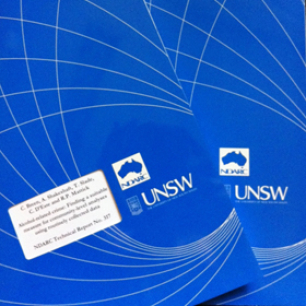NDARC Technical Report No. 287 (2007)
EXECUTIVE SUMMARY
The amphetamine derivative 3,4-methylenedioxymethamphetamine (MDMA) or ‘ecstasy’ is a widely used illicit drug. Research consistently shows that extensive polydrug use is the norm among ecstasy and related drug (ERDs) users and that a range of pharmaceuticals (e.g. benzodiazepines, sidenafil) and supplements (e.g. 5-hydroxytryptophan (5-HTP), St. John’s wort) are deliberately combined with ecstasy, often for contradictory purposes. This practice is of concern as the popularity of ecstasy is continuing to increase in Australia and a number of ecstasy-pharmaceutical combinations can have serious health consequences. One of the emerging harms associated with ecstasy use is serotonin toxicity, commonly referred to as serotonin syndrome.
Generally, doctors are well positioned to respond to patients with drug-related issues because of their accessibility, credibility and likely frequent exposure to patients with substance use problems. Evidence also suggests that people prefer a response to substance use problems to come from their general practitioner (GP). Unfortunately, there is evidence that the involvement of GPs in screening for illicit drug use is limited, and consequently many problems may remain undetected or be misdiagnosed. Little is known about the extent of screening for ERDs use when young people are prescribed pharmaceutical drugs by their GP. Furthermore, among Australian healthcare professionals in general practice and hospital settings, there is a lack of research exploring the awareness of ERDs and the potential harms of concomitant use of pharmaceutical drugs. The present study grew from these concerns, and aimed to:
- Identify gaps in knowledge among GPs about the effects and harms of ERDs use and the management of young people who are prescribed pharmaceutical drugs.
- Identify gaps in knowledge among frontline (e.g. Emergency Department) healthcare professionals about the effects and harms of ERDs use.
- Identify the patterns of use related to the practice of combining ecstasy with pharmaceutical drugs, in particular antidepressants, and to explore the experiences of ERDs users when visiting a GP.
- Inform the development of resource materials on ERDs for healthcare practitioners.
Citation: Silins, E., Copeland, J., Dillon, P., McGregor I. & Caldicott, D. (2007) The development of materials on ecstasy and related drugs (ERDs) for health care practitioners. Sydney: National Drug and Alcohol Research Centre.


